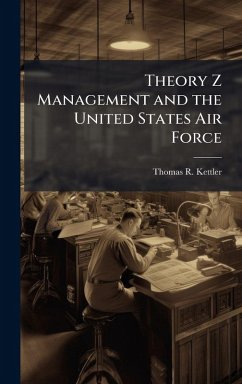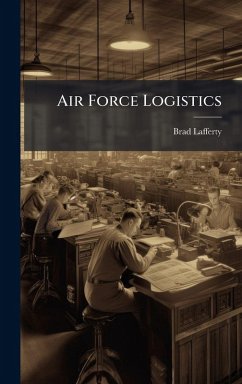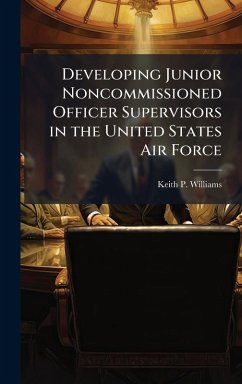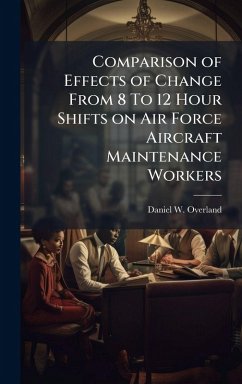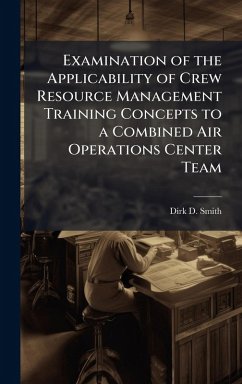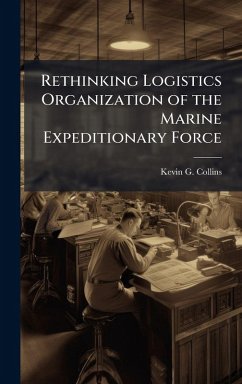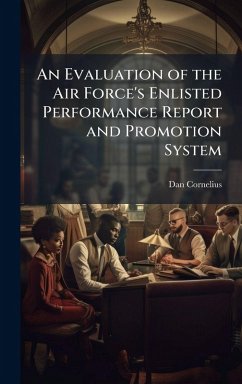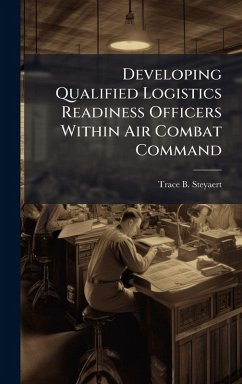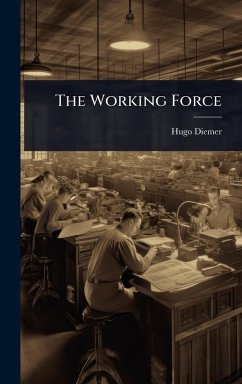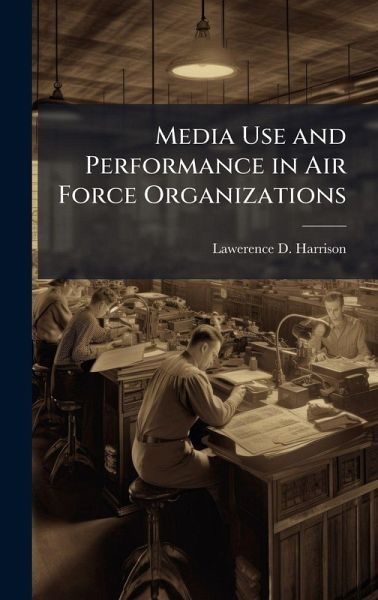
Media Use and Performance in Air Force Organizations
Versandkostenfrei!
Versandfertig in über 4 Wochen
28,99 €
inkl. MwSt.
Weitere Ausgaben:

PAYBACK Punkte
14 °P sammeln!
Communication is a critical factor in any organization. The choices Air Force members make when communicating have a direct impact on mission accomplishment. Media Richness Theory (MRT) recognizes that communication needs, and the ability of various media to support them, are influenced by a number of factors involving the message content, situational elements, and its symbolic aspects. The theory predicts employees who use more appropriate communication media - face-to-face conversation, telephone, e-mail, and written correspondence - as predicted by the theory, will be more effective perform...
Communication is a critical factor in any organization. The choices Air Force members make when communicating have a direct impact on mission accomplishment. Media Richness Theory (MRT) recognizes that communication needs, and the ability of various media to support them, are influenced by a number of factors involving the message content, situational elements, and its symbolic aspects. The theory predicts employees who use more appropriate communication media - face-to-face conversation, telephone, e-mail, and written correspondence - as predicted by the theory, will be more effective performers. The ability of MRT to explain supervisory performance ratings for a group of junior enlisted Air Force members (n=48) and another group of senior enlisted Air Force members (n=35) was tested. Results showed that junior enlisted members who made media choices more consistent with MRT were rated as more effective performers by their supervisors. This is consistent with the findings of previous studies. This work has been selected by scholars as being culturally important, and is part of the knowledge base of civilization as we know it. This work was reproduced from the original artifact, and remains as true to the original work as possible. Therefore, you will see the original copyright references, library stamps (as most of these works have been housed in our most important libraries around the world), and other notations in the work. This work is in the public domain in the United States of America, and possibly other nations. Within the United States, you may freely copy and distribute this work, as no entity (individual or corporate) has a copyright on the body of the work. As a reproduction of a historical artifact, this work may contain missing or blurred pages, poor pictures, errant marks, etc. Scholars believe, and we concur, that this work is important enough to be preserved, reproduced, and made generally available to the public. We appreciate your support of the preservation process, and thank you for being an important part of keeping this knowledge alive and relevant.



